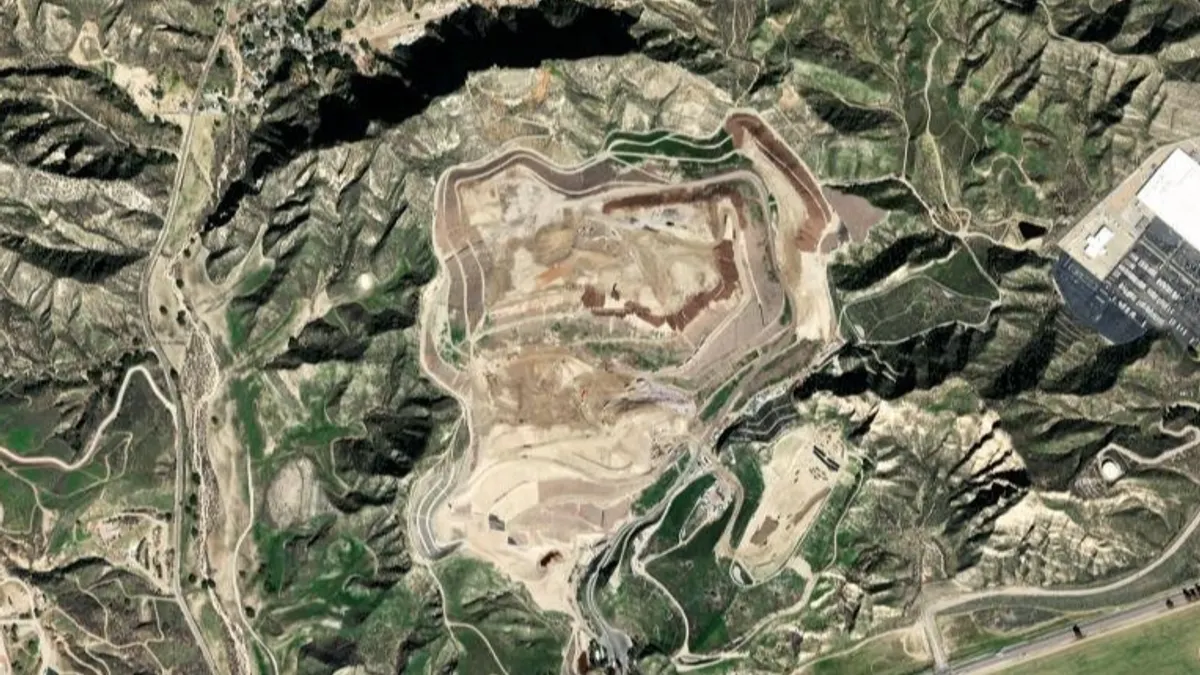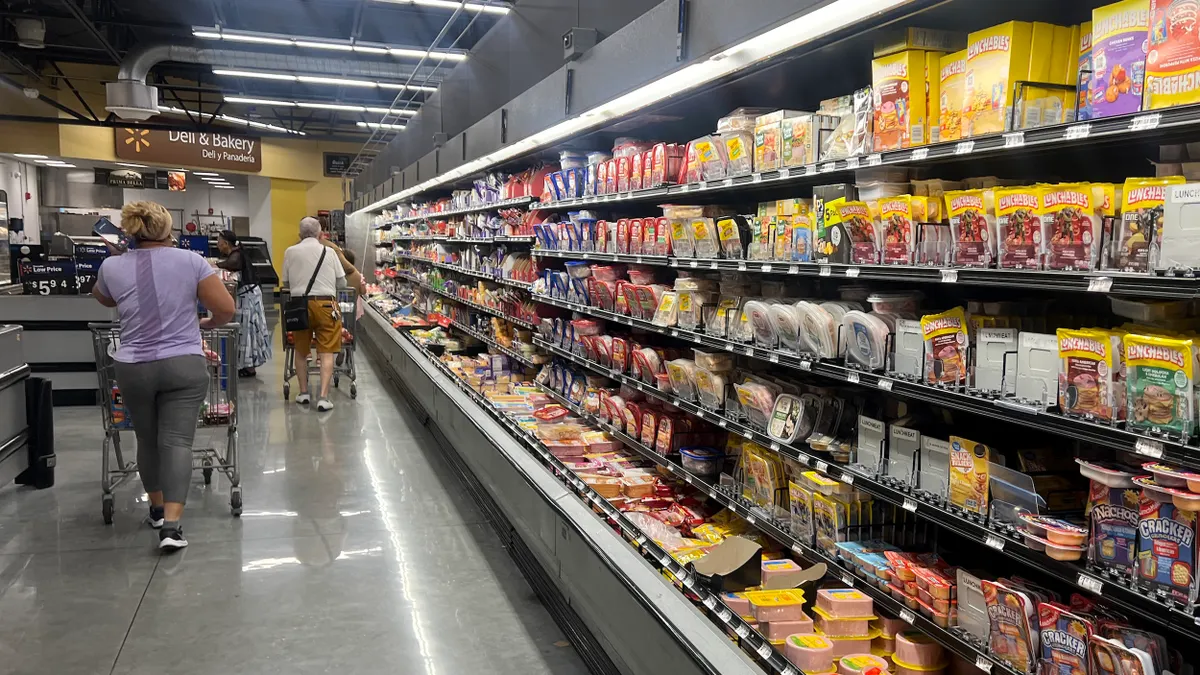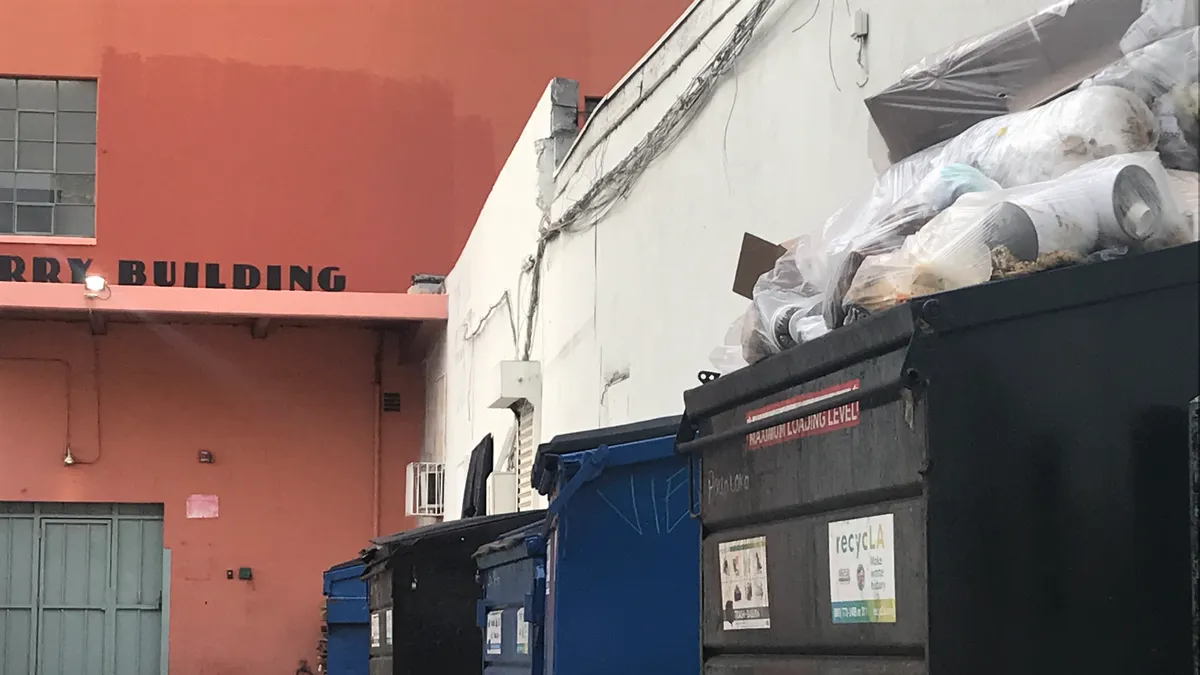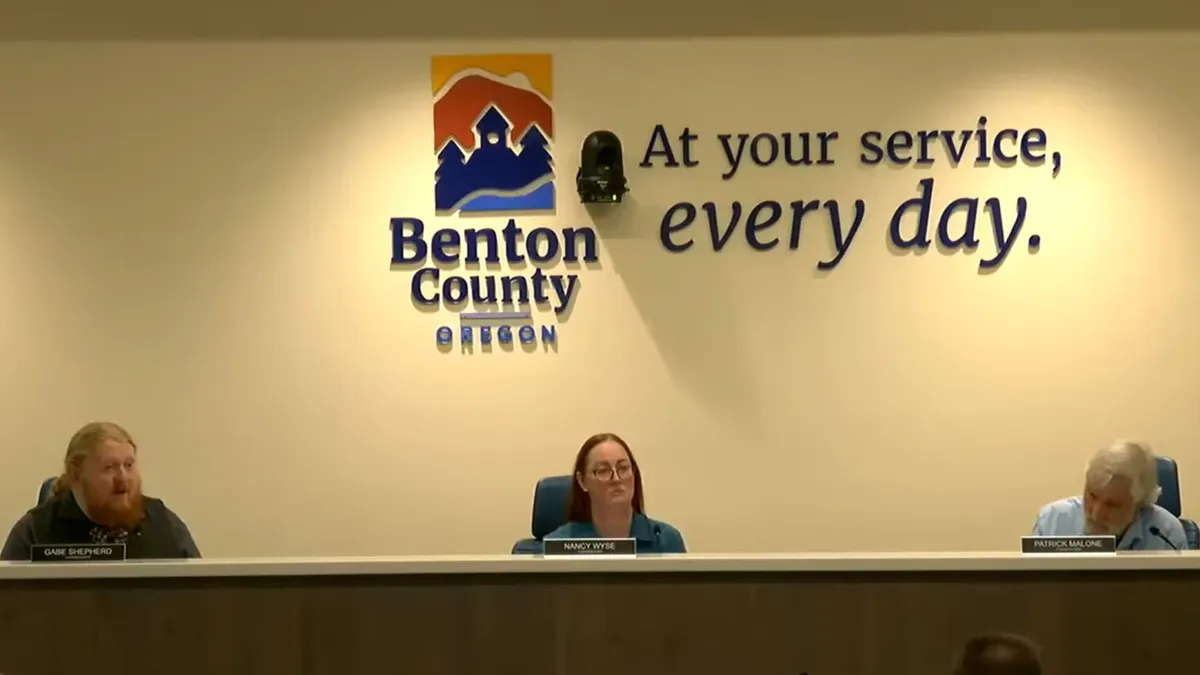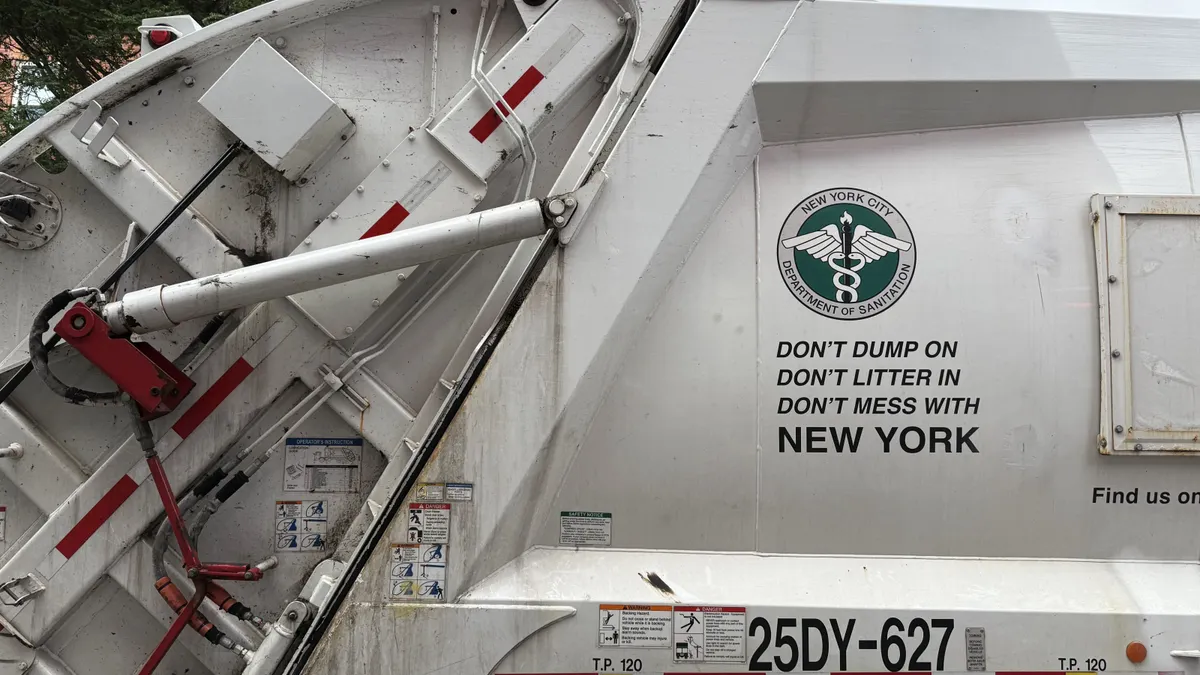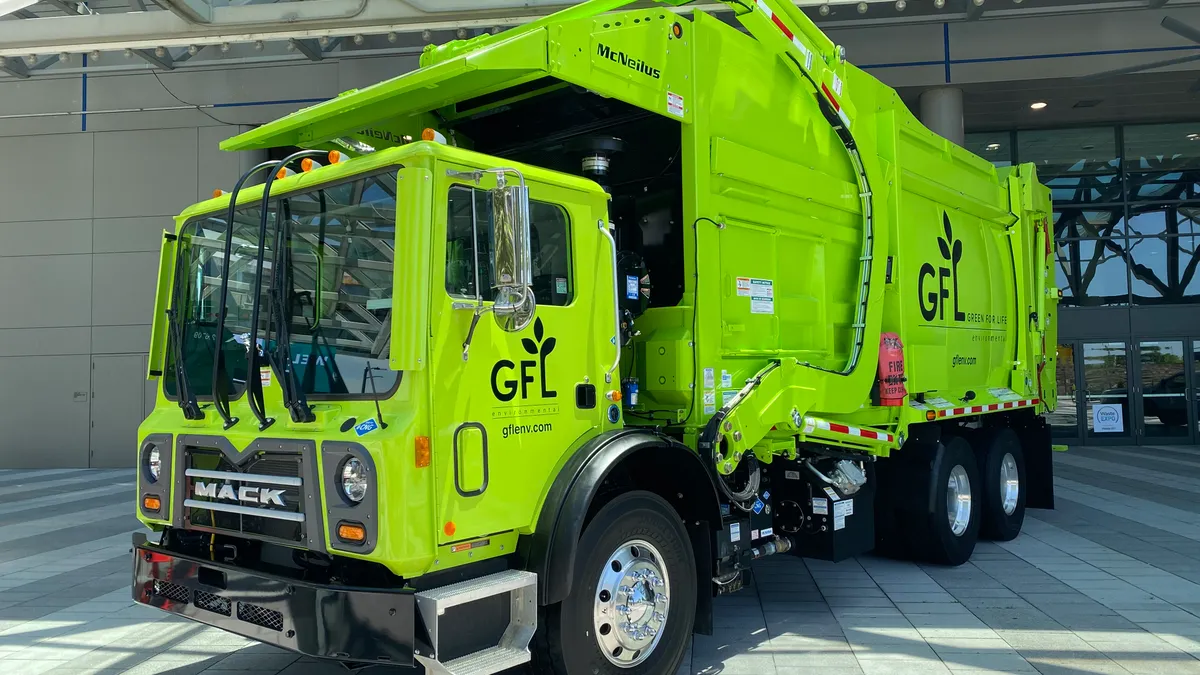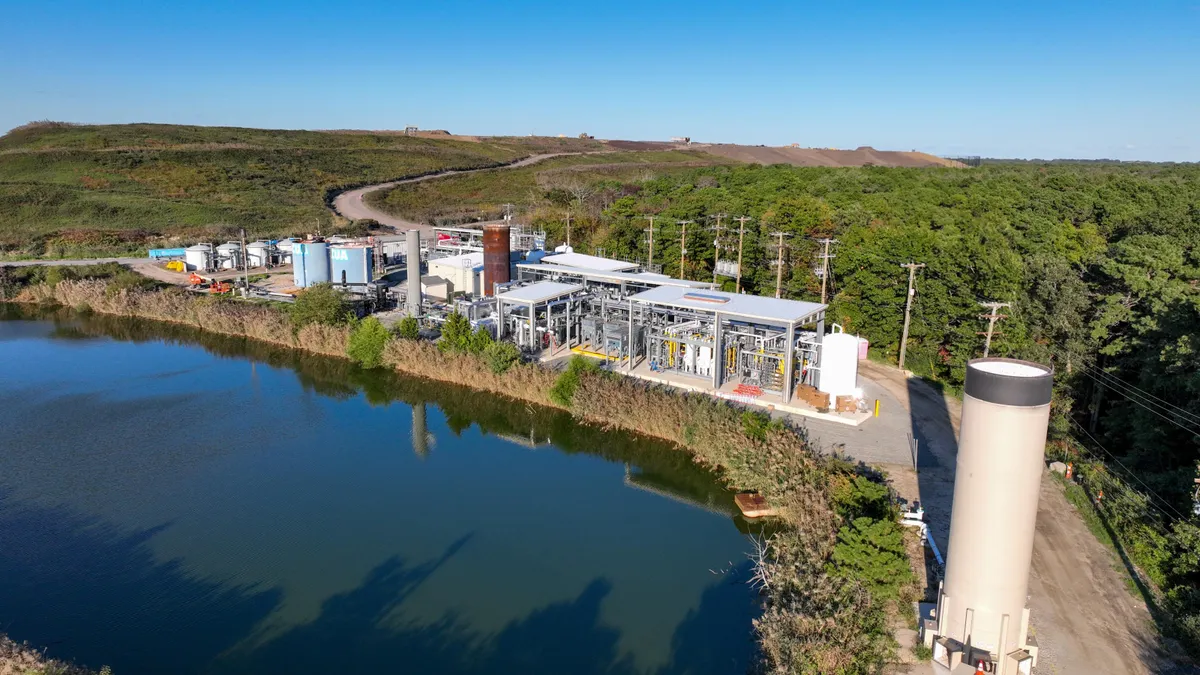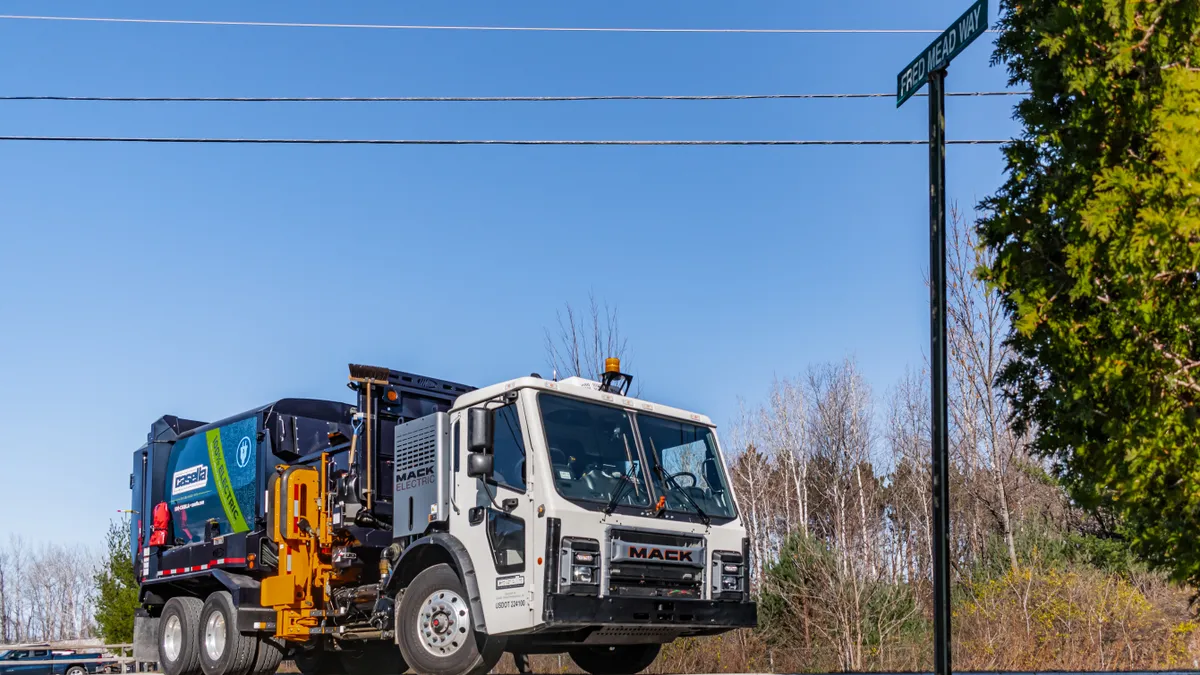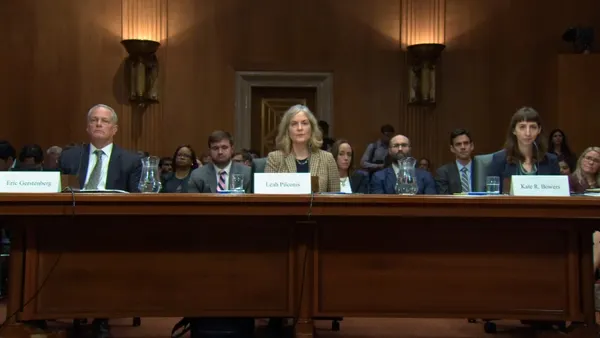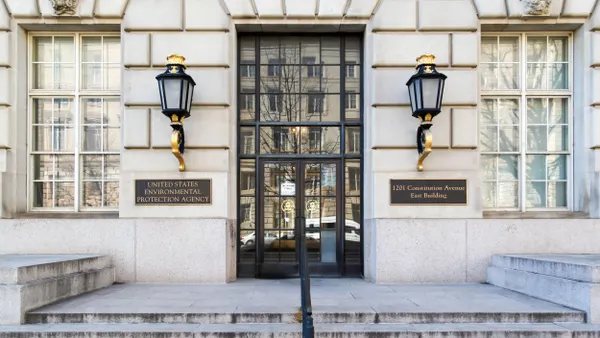The California Air Resources Board voted unanimously on Thursday to update the state’s Landfill Methane Rule for the first time in 15 years. The updates, which are set to go into effect in 2027, will return California to its role as a leader on landfill gas regulations, as other states have followed the lead set by its initial rule adopted in 2010.
The Landfill Methane Rule spawned from California’s Global Warming Solutions Act of 2006, which set a goal to lower California’s greenhouse gas emissions to 1990 levels by 2020. Subsequent laws have increased California’s climate commitments, including SB 1383 in 2016, which set targets specifically around methane and organic waste diversion.
Lauren Sanchez, who chairs CARB as of September, said methane has been a major theme at the global climate conference currently taking place in Brazil, which she attended with Gov. Gavin Newsom. She said at CARB’s meeting Thursday that California officials want to lead on curbing emissions.
“This is an especially exciting moment to take action on this area of work, because we have technologies to now help us detect, measure and address methane emissions,” Sanchez said in her opening statement. “When combined with strong regulations, these technologies can help us make real progress on cutting pollution here and now.”
California’s climate laws first prompted CARB to target landfill gas emissions, as the facilities are the second-largest source of methane in the state behind livestock. There are 188 landfills that fall under the Landfill Methane Rule in California, and 153 of them are required to control emissions.
The newly approved Landfill Methane Rule updates will usher in some of the most stringent restrictions in the country. It comes as Colorado is poised to set its own landfill gas rules for the first time, and other states implement regulations that are more stringent than the federal government.
The new provisions include a shorter timeline by which landfill operators must respond to a leak, and new monitoring requirements for landfills with and without gas collection and control systems. The state will also begin requiring operators to respond to detected leaks via third-party technology verified by CARB — including the agency’s own California Satellite Methane Project.
To address emissions coming from the working face of a landfill — where waste is actively deposited, and where much of a landfill’s fugitive emissions originate — the rule will require installation of gas wells that should be monitored monthly for concentrations of landfill gases. Once those wells are under at least 15 feet of waste and begin to record pressure indicating the presence of landfill gas, they need to be turned on to prevent emissions.
CARB staff still have 15 days to make minor changes to the regulation before it's finalized, though the final document will not return to the board for another vote.
Among other technical corrections, staff said Thursday that they would write in exceptions to certain rules in instances where there’s a power outage or circumstance beyond a landfill operator’s control, responding to industry concerns. They also said they would clarify certain parts of the rule to ease coordination with regional air districts, which are largely responsible for implementing the rule.
During public comment, waste companies also urged CARB to provide additional flexibility on the timelines for some of the corrective action requirements when gas leaks are detected, and warned that implementing the new provisions could raise costs.
In the lead-up to the vote, environmental groups successfully advocated for new provisions that would increase data transparency and ensure the adoption of modern landfill monitoring technologies.
The board added new language requiring CARB to create a publicly available dashboard with reported data. Environmental groups also won a provision directing agency staff to evaluate the efficacy of advanced emissions monitoring technologies and, if they're determined to be scalable and cost-effective, propose amendments requiring their use within 24 months.
The effects of the ongoing elevated temperatures within Waste Connections’ Chiquita Canyon Landfill weighed heavily on the proceedings and spurred several regulatory provisions designed to detect and prevent elevated landfill temperatures before they can become as significant as that event, which began in 2022 and is still being remediated. Waste Connections was forced to stop accepting waste at the landfill at the beginning of this year.
Assemblymember Pilar Schiavo spoke during the hearing, saying cancer rates have been eight times higher than the three-year county average in neighborhoods surrounding Chiquita Canyon. She also said miscarriages in the vicinity were three times the typical rate for Los Angeles County.
“These are not abstract numbers,” Schiavo said. “This catastrophe that continues to harm our community did not arrive out of nowhere. ... It could have been avoided.”
The agency is proposing several restrictions that go above and beyond federal requirements to address elevated landfill temperatures. That includes requiring enhanced monitoring at all wells within 200 feet of a documented temperature exceedance, requiring the operator to reduce oxygen levels at a well that detects a temperature exceedance and requiring monthly temperature checks much sooner than federal law requires at a well with a temperature exceedance.
Landfills would be in violation if they can’t get a well below 145 degrees within 120 days of first detection. CARB said that would “ensure that high well temperatures cannot continue indefinitely,” and aligns with regulatory timelines set for other forms of well corrective action plans in the new Landfill Methane Rule.
CARB expects that the new rules offer a variety of benefits, including preventing costly remediation actions like those taking place at Chiquita Canyon. Staff estimate the Landfill Methane Rule update will provide $34 million in social benefits through methane reduction annually. That’s compared to an estimated $12 million price tag to implement the changes, with larger, active landfills bearing more costs than smaller or closed landfills.



